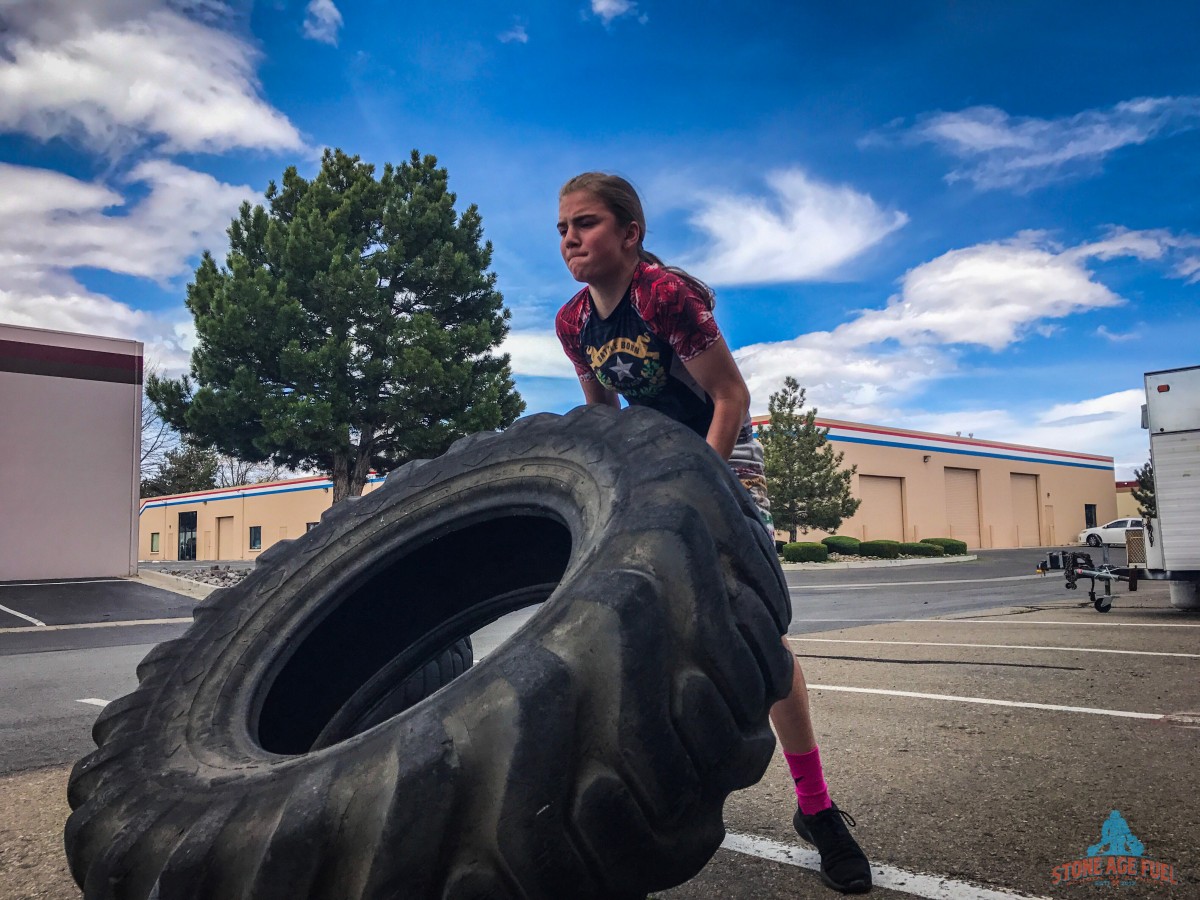Sunscreen Sucks
What do oxybenzone, octisalate, octocrylene, octinoxate, and avobenzone have in common?
They’re all dangerous chemicals you have probably spread or sprayed all over your body more than once via your sunscreen!
 We have been told to ALWAYS USE sunscreen to avoid burns, exposure to those dangerous UV rays, and to ultimately stop skin cancer.
We have been told to ALWAYS USE sunscreen to avoid burns, exposure to those dangerous UV rays, and to ultimately stop skin cancer.
But it could be a bit of a “damned if you do, damned if you don’t” situation, as chemicals like oxybenzone might be just as bad at causing skin cancer as the sun itself.
Here’s the thing about oxybenzone:
It penetrates your skin and then increases the production of DNA-damaging free radicals when they’re exposed to light, ultimately leading to cancer.
In fact, the Environmental Working Group (EWG) calls this chemical and 8 out of 10 on the hazard scale and should be avoided.
The same is true of octocrylene, which is used in sunscreen to allegedly protect the skin while keeping it moist at the same time.
However, one of the concerns with this chemical is that it acts as a photosensitizer, meaning—like oxybenzone—it increases the production of free radicals when the skin is exposed to the sun.
If cancer isn’t the result, then at the very least it leads to premature aging of your skin.
As for octinoxate, when exposed to sunlight, its effectiveness to protect you against UV rays is rendered ineffective, which is ironic considering you’re probably going to be exposed to sunlight if you’re wearing sunscreen in the first place.
One study found that this chemical can actually damage your skin, and this damage can continue even after your skin is out of the sun.
OK, you probably get the point:
There are chemicals in most sunscreens that might be doing more damage than good.
In fact, when the EWG tested more than 1,400 sunscreens, only 5 percent of them met safety standards, and more than 40 percent of them were found to contribute to skin cancer.
So, what to do, what to do?
 Avoiding the sun altogether seems like a bad idea, seeing as you know you need Vitamin D, and the best place to get that is from the sun.
Avoiding the sun altogether seems like a bad idea, seeing as you know you need Vitamin D, and the best place to get that is from the sun.
As a side note,
There’s evidence that suggests that sunscreen can even act to block Vitamin D absorption.
So if you’re wearing it, you might not only be doing damage to your skin, you might even be preventing yourself from getting that Vitamin D.
Which is what you were after in the first place!
This study even suggests wearing sunscreen can lead to Vitamin D deficiency.
Another option is to go without sunscreen. But again, if you’re prone to bad sunburns you might find yourself in a lot of pain for a couple days.
And, of course, the whole cancer thing from not protecting yourself from the sun.
A potential solution:
Mineral Sunscreens Generally-speaking, mineral sunscreens are safer, but beware: Some of them still do contain many of the chemicals I outlined at the outset.
Here are some of the better ones I have come across:
• Raw Elements Sunscreen
• The Honest Company Sunscreen
• Thinkbaby Safe Sunscreen
• Alba Botanical Mineral Sunscreen
• Badger Mineral Sunscreen
• Babyganics Sunscreen or spray sunscreen
• All Terrain KidSport SPF30 Oxybenzone-Free Natural Sunscreen
• Naked Turtle Mineral Sunscreen with Aloe
• Sunology Natural Sunscreen
And if you’re willing to be creative and experiment, here’s a recipe for a homemade sunscreen that has natural SPF (sun protecting factors) in it:
Ingredients:
•1/2 almond or olive oil
•1/2 coconut oil (4 SPF)
•1/4 beeswax
•2 Tbsp. zinc oxide
•1 tsp Red Raspberry seed oil
•1 ts. Carrot seed oil
•2 Tbsp shea butter (natural 4-5 SPF)
•Optional: Essential oils, vanilla extract for smell
Instructions:
-Combine everything but the zinc oxide in a large glass jar.
-Fill a saucepan with two inches of water and put on medium heat.
-Put a lid in the jar and put it in the saucepan.
-When the water heats, the ingredients in the jar will melt and combine together. Shake it here and there to get it to mix better.
-Take it off the heat and add the zinc oxide and stir well.
-Store at room temperature.
There seems to be a lot we still don’t know about sunscreen and whether it’s worth it to wear or not, so hat do you have to lose by experimenting with a new way of trying to protect your skin?







